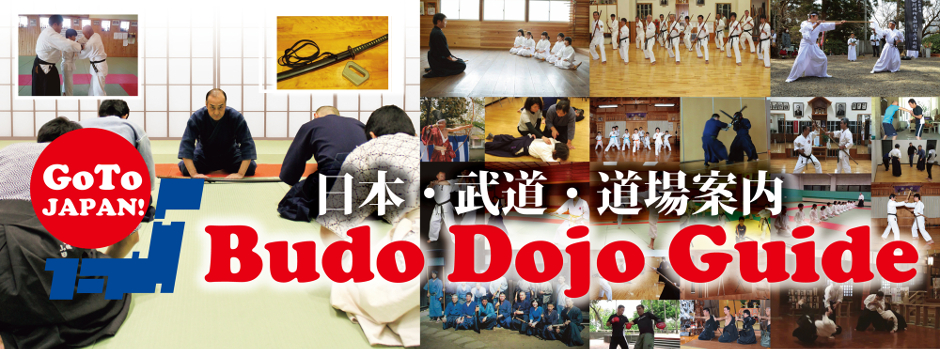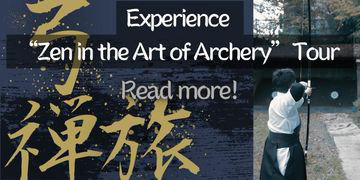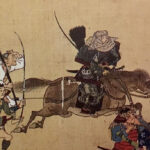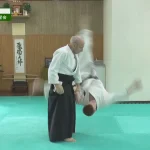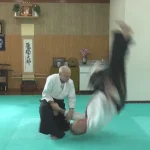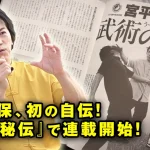Japan, the "Land of BUDO" is home to many Dojos, including Karate, Kenjutsu, Jujutsu, and Aikido, etc. There, Sensei(instructors) and Deshi(students) practice diligently day in and day out.
When you visit Japan, why not visit a dojo of your interest to observe and experience "real BUDO"?
On this page, you can search for dojos by free keyword(name, ryuha, etc.) by region, or by category to see dojos where you can observe and experience martial arts.
*Please do not visit a dojo without an appointment. Please be sure to contact them in advance by e-mail or through their website.
*Practice times and locations are those at the time of registration and are subject to change.
*We are unable to respond to inquiries about each dojo’s information.
What is a Dojo ?
A dojo (道場) is a place where Budo (martial arts) training takes place. It is not just a gym or a place to practice physical techniques; it is a space dedicated to the cultivation of discipline, respect, and the holistic development of mind, body, and spirit. Here are some key aspects of a traditional Japanese Budo dojo:
Free Keyword Search
Map Search
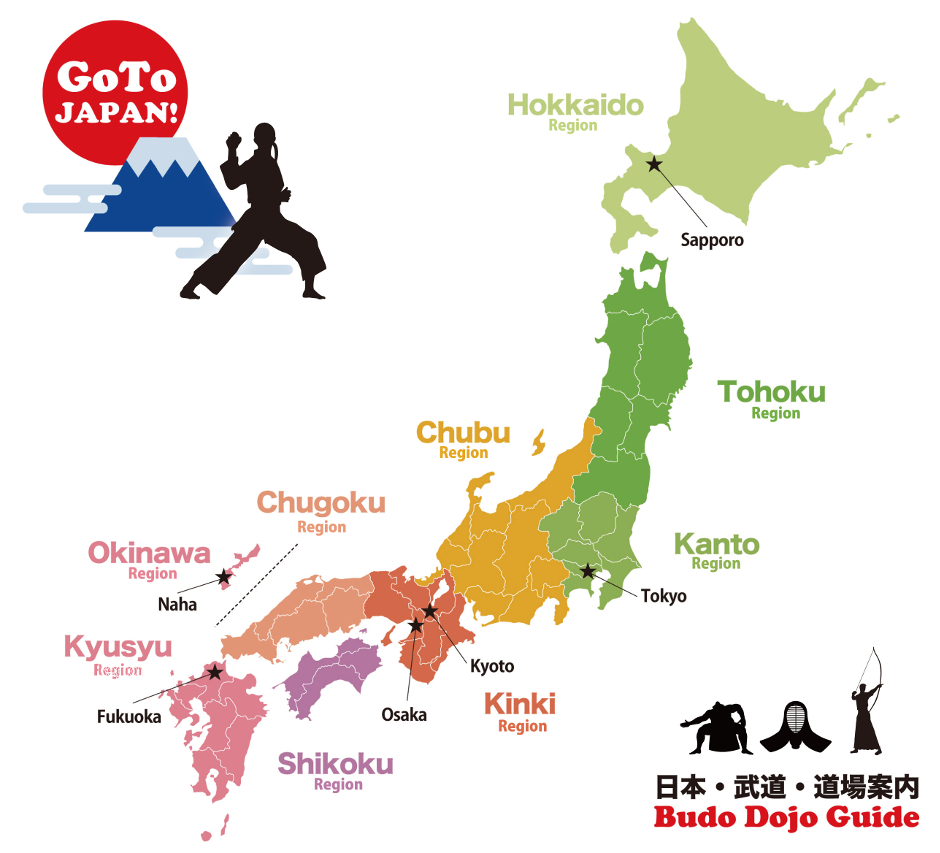
- Kanto Region
- Hokkaido Region
- Tohoku Region
- Chubu Region
- Kinki Region
- Chugoku Region
- Shikoku Region
- Kyusyu Region
- Okinawa Region
Budo Dojo List - Now 675 dojos!
- KantoIbaraki Kobujutsu & Bukijutsu (Weaponry)Jujutsu & TaijutsuNinjutsu & Self-defense
-
KantoTokyo
Kenjutsu & Iai
Mugai-ryu Iai, International Iaido Organization Hougyoku-kai, Kagurazaka dojo
- KantoGunma Kobujutsu & Bukijutsu (Weaponry)Jujutsu & Taijutsu
- ShikokuKagawa Aikido & AikibujutsuKenjutsu & IaiKobujutsu & Bukijutsu (Weaponry)Gendaibudo
- KinkiHyogo Karate & KempoKobujutsu & Bukijutsu (Weaponry)
- KyusyuFukuoka Karate & KempoWushuBody manipulation & Therapy
- ChubuNiigata Kenjutsu & IaiKobujutsu & Bukijutsu (Weaponry)
- KantoTokyo Aikido & AikibujutsuGendaibudo
- KantoTokyo Kobujutsu & Bukijutsu (Weaponry)
- KantoTokyo Body manipulation & Therapy
- KantoTokyo Kenjutsu & IaiKobujutsu & Bukijutsu (Weaponry)
- ChubuAichi Karate & KempoKenjutsu & IaiKobujutsu & Bukijutsu (Weaponry)Jujutsu & Taijutsu
- KyusyuFukuoka Karate & KempoJujutsu & TaijutsuGendaibudo
- KantoTokyoKanagawa Kenjutsu & Iai
-
KantoTokyo
Karate & KempoGendaibudo
Shorinji kempo/ Kongo-zen Sohonzan Shorinji Tokyo Tsukisima doin
- KantoChiba Kenjutsu & IaiJujutsu & Taijutsu
- KinkiKyoto Karate & KempoKenjutsu & IaiKobujutsu & Bukijutsu (Weaponry)
- ChubuAichi Karate & KempoGendaibudo
-
Okinawa
Karate & Kempo
Okinawa Traditional Kobudo Preservation Society Bunbu-kan Sohonbu dojo
-
KyusyuFukuoka
Kenjutsu & Iai
Mugai-ryu Iai, International Iaido Organization Hougyoku-kai, Chuo-ku Tenjin dojo
Show more dojos!
Related Article
Koryu-experience in Japan
-

Sword of Freedom: The Case of Shizuka-ryu’s Jizaiken
-
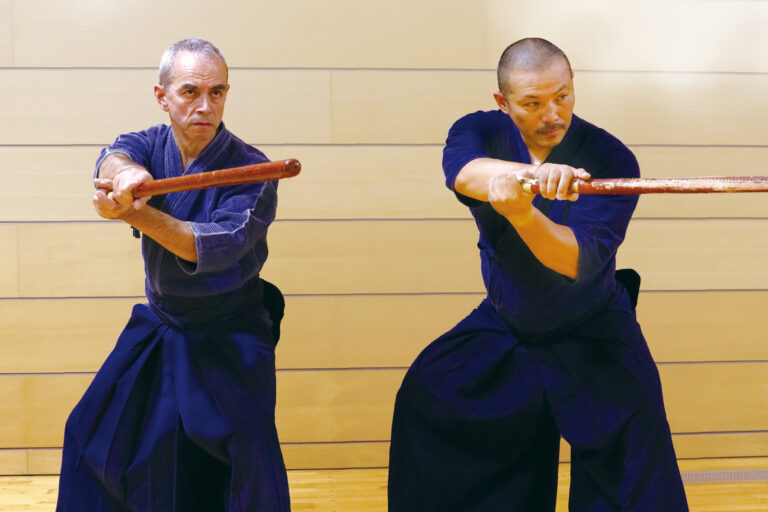
Yagyu Shinkage-ryu: In the Shadow of the Sword
-

Muhi Muteki-ryu: Mito’s untamed spirit
-
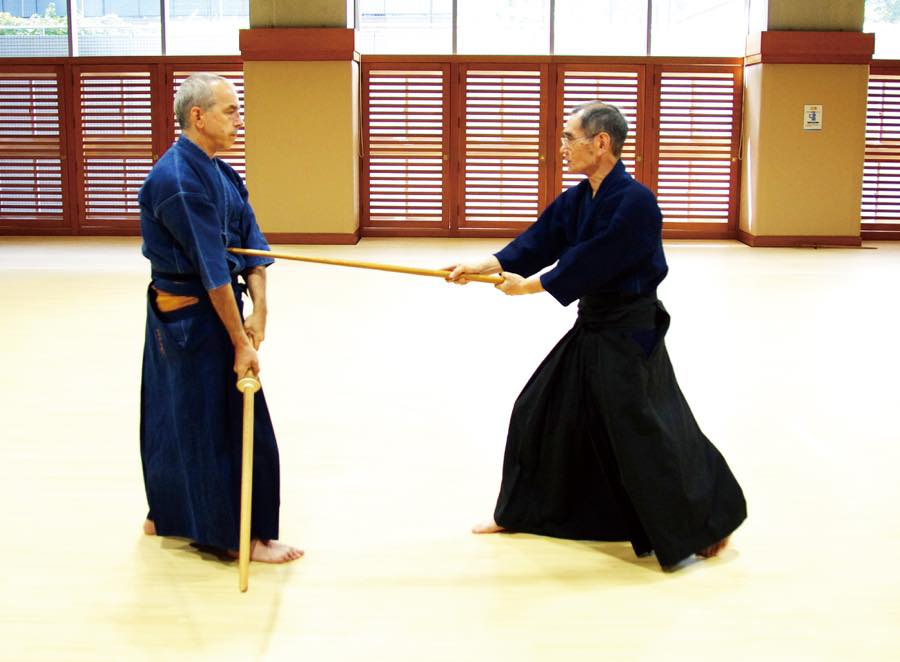
Sword saints past and present: a visit to Shinto Munen-ryu’s Yushinkan
-
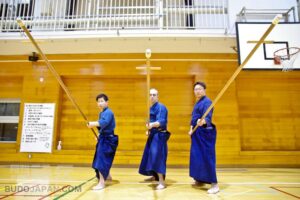
Hozoin-ryu: Thrust like a spear, sweep like a naginata, reap like a sickle
-
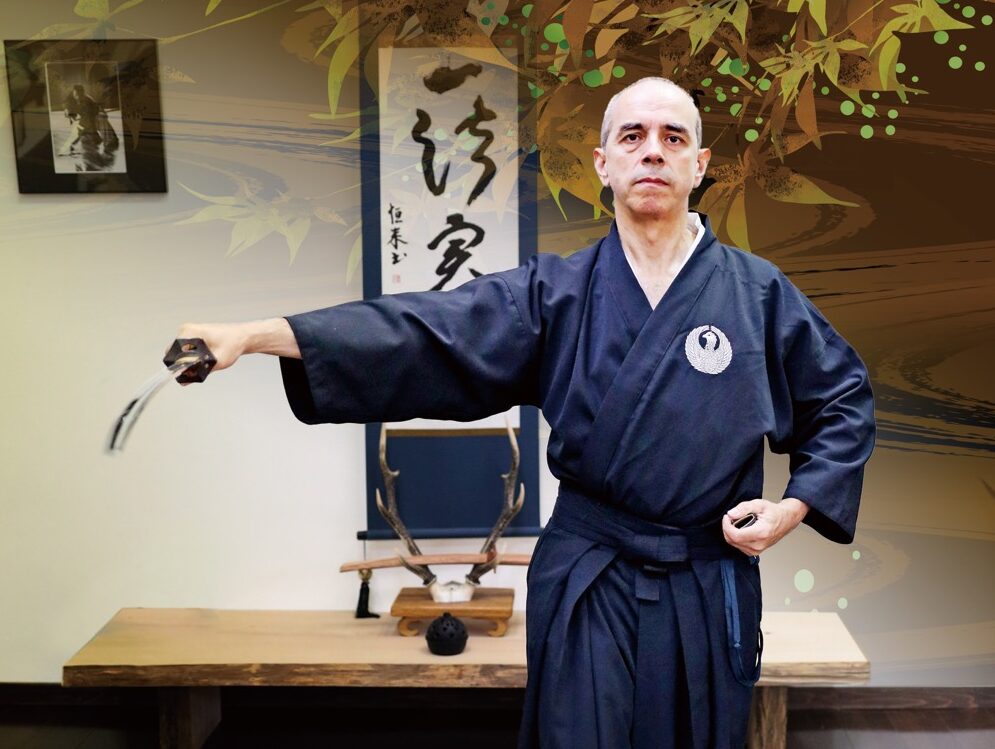
Mugai-ryu Hogyokukai: Redefining iai
Exploring the spirit of the Ryukyu - Okinawa Karate Dojo
-

【Exploring the spirit of the Ryukyu】Special edition (HIDEN January 2026)「Okinawa, the gathering place of Karate」
-

【L’esprit des Ryukyu】Édition spéciale (HIDEN Janvier 2026)「Okinawa, le berceau du karaté」
-
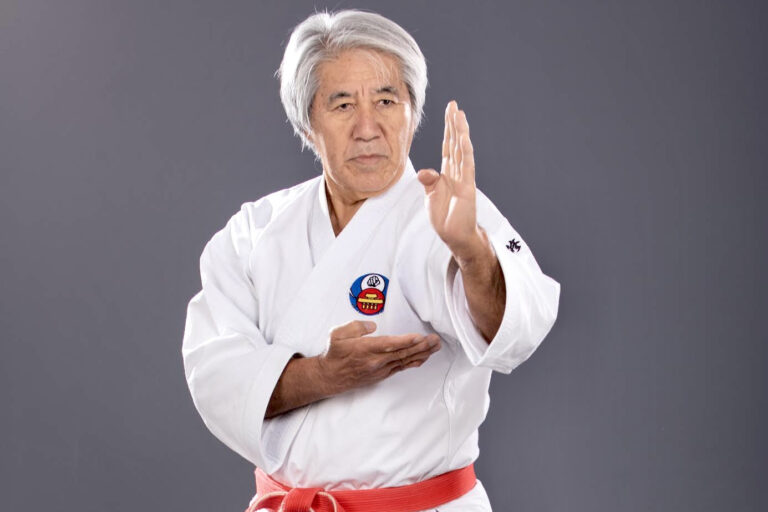
【Exploring the spirit of the Ryukyu】Special edition (HIDEN July 2025)「Homage to CHINEN SENSEI」
-

【L’esprit des Ryukyu】Édition spéciale (HIDEN Juillet 2025)「HOMMAGE À CHINEN SENSEI」
-

【L’esprit des Ryukyu】 Édition spéciale Rencontres aux îles Ryūkyū
-

【Exploring the spirit of the Ryukyu】Special edition Meetings in the Ryūkyū Islands
Worldwide Koryu Dojo Report
-
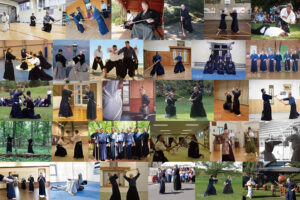
You want koryu? Come to Japan –or not! A Worldwide Koryu Dojo Report Review
-
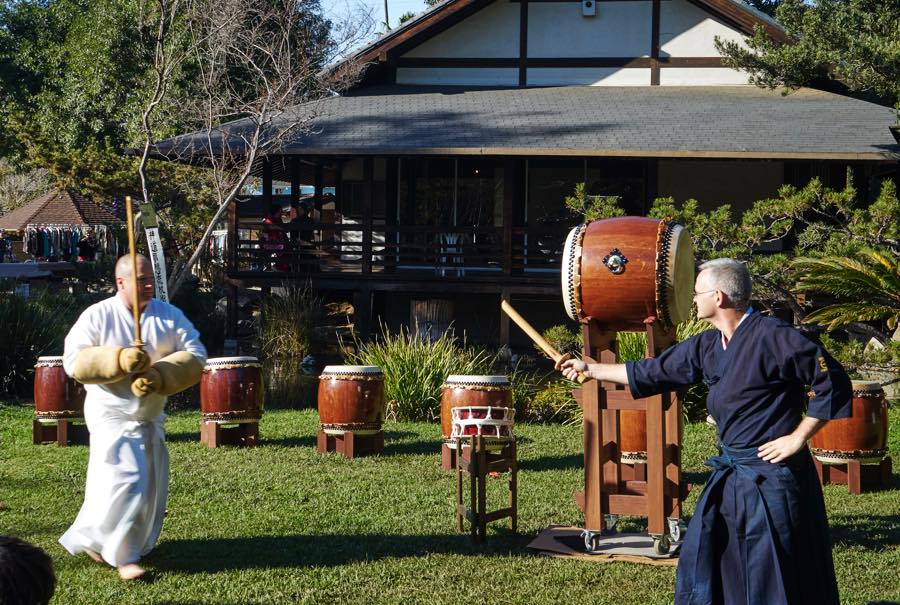
[Monthly column] Worldwide Koryu Dojo Report Vol. 30 Ono-ha itto-ryu & Daito-ryu Aikijujutsu (Kodokai) in Los Angeles, California, USA
-

[Monthly column] Worldwide Koryu Dojo Report Vol. 29 Shinto Muso-ryu in Ithaca, New York, USA
-

[Monthly column] Worldwide Koryu Dojo Report Vol. 28 Tendo-ryu Naginata-jutsu in Alexandria, Virginia, USA
-
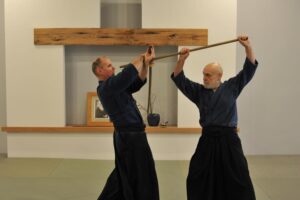
[Monthly column] Worldwide Koryu Dojo Report Vol. 27 Shindo Muso-ryu jojitsu in Brooklyn, New York City, USA
-
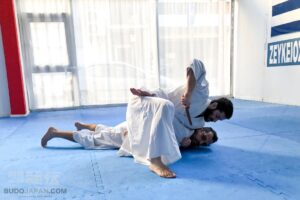
[Monthly column] Worldwide Koryu Dojo Report Vol. 26 Araki-ryu in Athens, Greece

